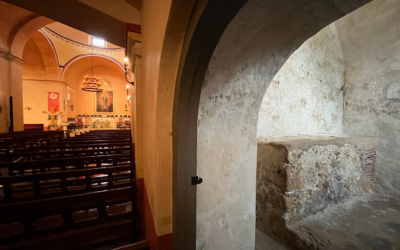Echoes of Faith: The Musical Legacy of the San Antonio Missions
The Historic Missions of San Antonio have long served as more than architectural landmarks—they are living witnesses to 300 years of faith, culture, and community. Their influence on the development of the Southwestern United States is profound, shaping the region’s spiritual and cultural identity. Designated a UNESCO World Heritage Site in 2015, thanks to advocates like Fr. David Garcia, the Missions gained global recognition for their historical significance—not only for their structures, but in the traditions, teachings, and artistic expressions preserved within them.
Among the most powerful legacies of the mission period is the use of music as a tool for evangelization. The Franciscan missionaries, tasked with teaching deep theological truths to Indigenous communities who spoke a myriad of languages, relied on more than words. They turned to music—universal, memorable, and emotionally resonant—as an important means to communicate the mysteries of the faith and to help new Christians memorize essential prayers and teachings.
Music became an integral part of catechesis. Songs were composed and taught to the indigenous peoples who lived and worshiped in the Missions. These hymns were not merely liturgical embellishments but served as theological lessons embedded in melody and rhythm. One such example is the Salve Dolorosa, a hymn dedicated to Our Lady of Sorrows. This poignant piece reflects the profound Marian devotion of the Franciscan tradition and the use of music to accompany the faithful particularly through the Lenten liturgical season.
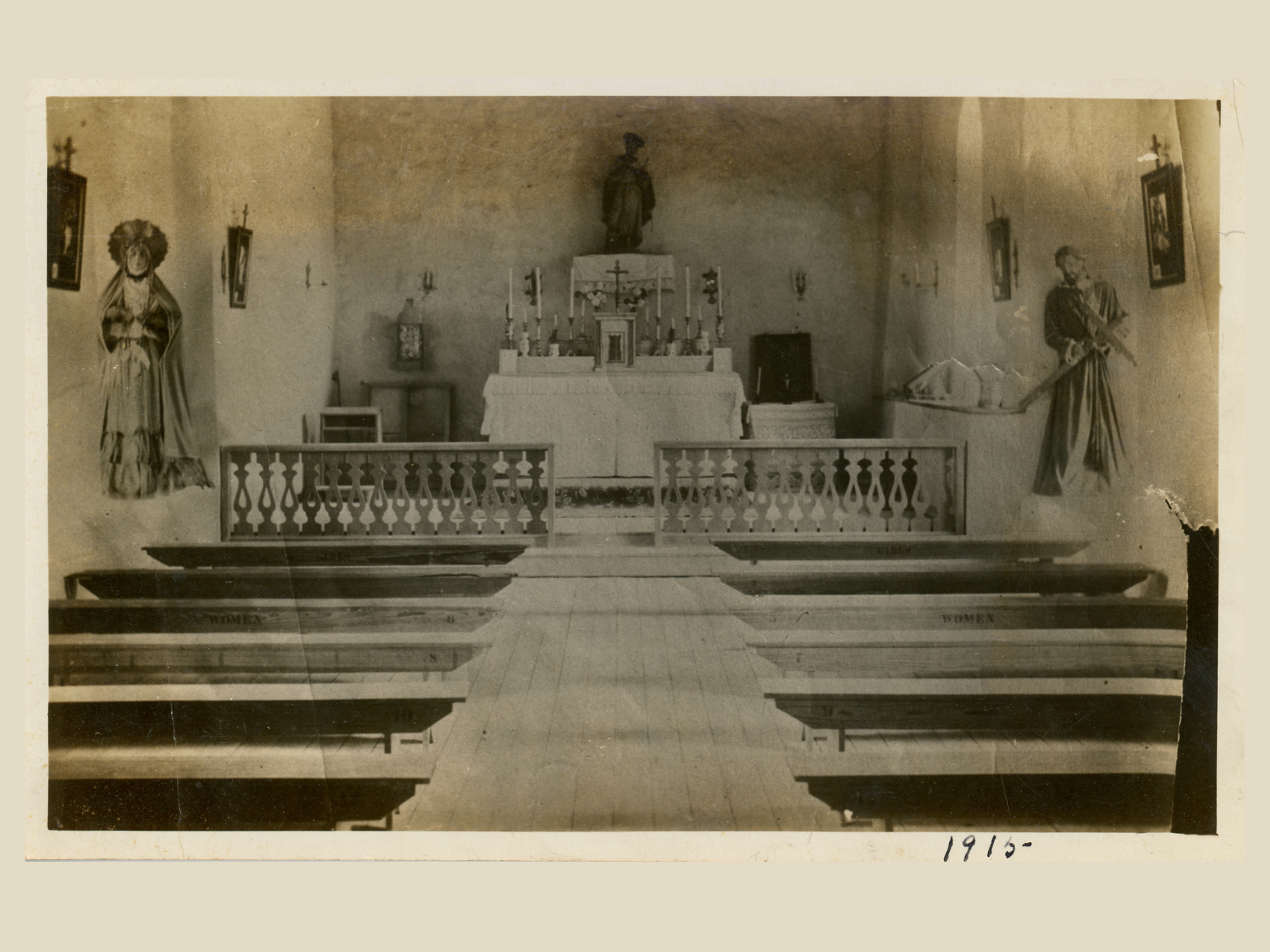
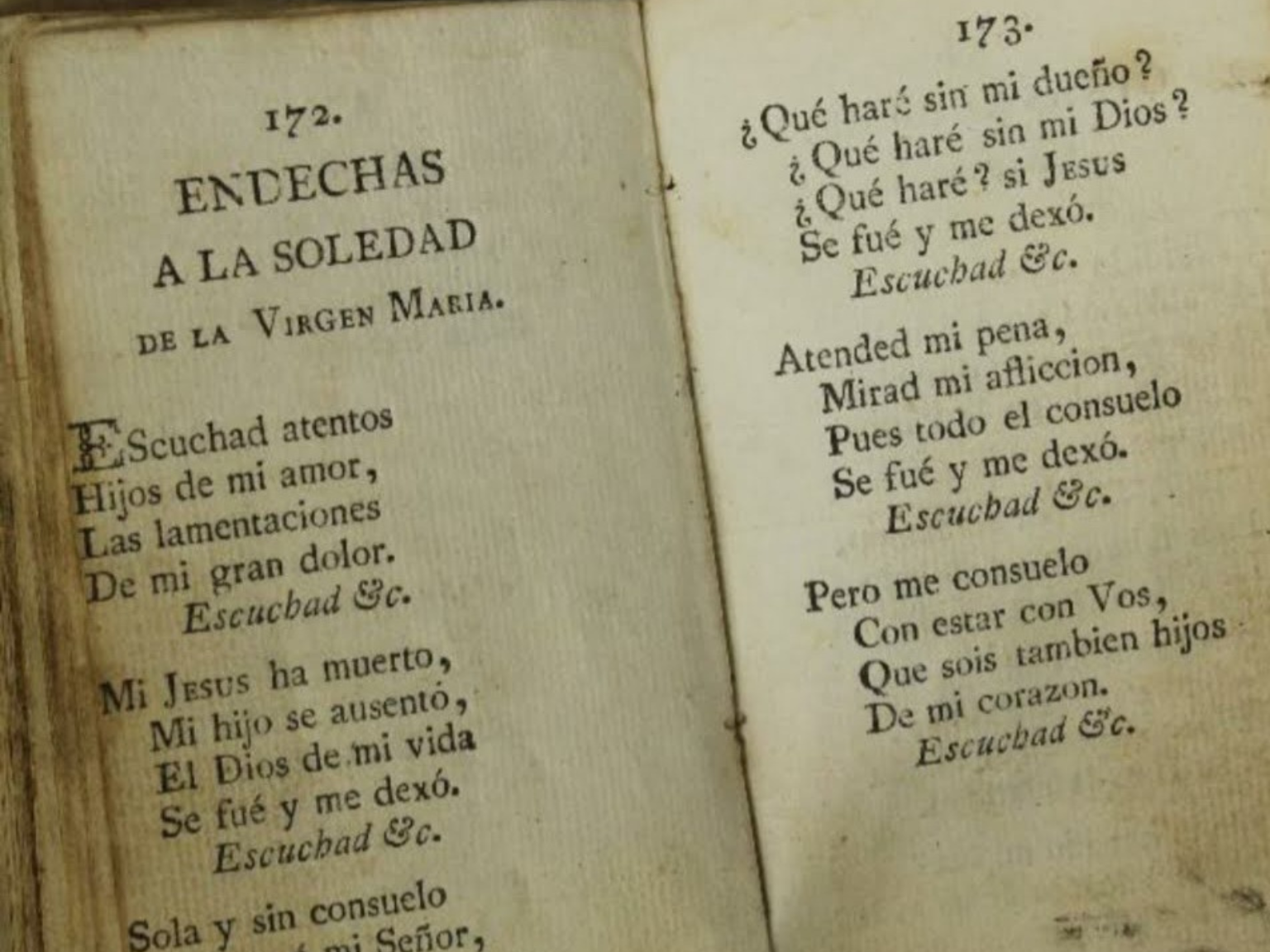
The Salve Dolorosa is preserved in a small book titled Aljaba, discovered by Dr. Maria C. Zentella in the archives of the Old Spanish Missions Collection at Our Lady of the Lake University. Although no musical notation accompanied the text, its significance as a catechetical and devotional tool was clear. Dr. Zentella and her daughter Binisa Zentella collaborated to reconstruct the hymn’s music, reviving a sacred sound that once echoed within mission walls.
Misión San Antonio de Valero, now known as the “Alamo”, was established in 1718 near the San Antonio River. During the siege of the Alamo, which began on February 26, the first Friday of Lent, and ended on March 6, the third Sunday of Lent the Salve Dolorosa was likely sung. As a well known Lenten song, the haunting melody of the Salve Dolorosa may have accompanied the final hours of the soldiers, both Texan and Mexican, who were predominantly Catholic. The hymn’s themes of suffering, sorrow, and hope in Mary’s intercession would have offered comfort and solidarity amidst the chaos.
The liturgical life of the Missions, especially during Holy Week, incorporated music and processions in deeply moving ways. A liturgical guide known as the Methodo, written by an anonymous Franciscan friar, offers insight into Good Friday rituals at Mission Concepción. It describes the solemn procession featuring a representation of the scourged Christ, the burial of Christ, and the Virgin Mary dressed in black. As the faithful prayed the Via Crucis, or Stations of the Cross, music guided the rhythm of devotion and reflection:
El Viernes Santo sale otra vez la Procession sacando a Jesus desnudo, y atado a la columna, el Santo entierro, y la Virgen vestida de negro, rezando entre tanto el Via Crucis; y luego que entra se concluye con sermón de Pasión (1787:2).
On Good Friday, the procession comes out once again, bringing forth Jesus naked and bound to the column, the Holy Burial, and the Virgin dressed in black, praying during the Stations of the Cross; and once it enters, it concludes with a Passion sermon.
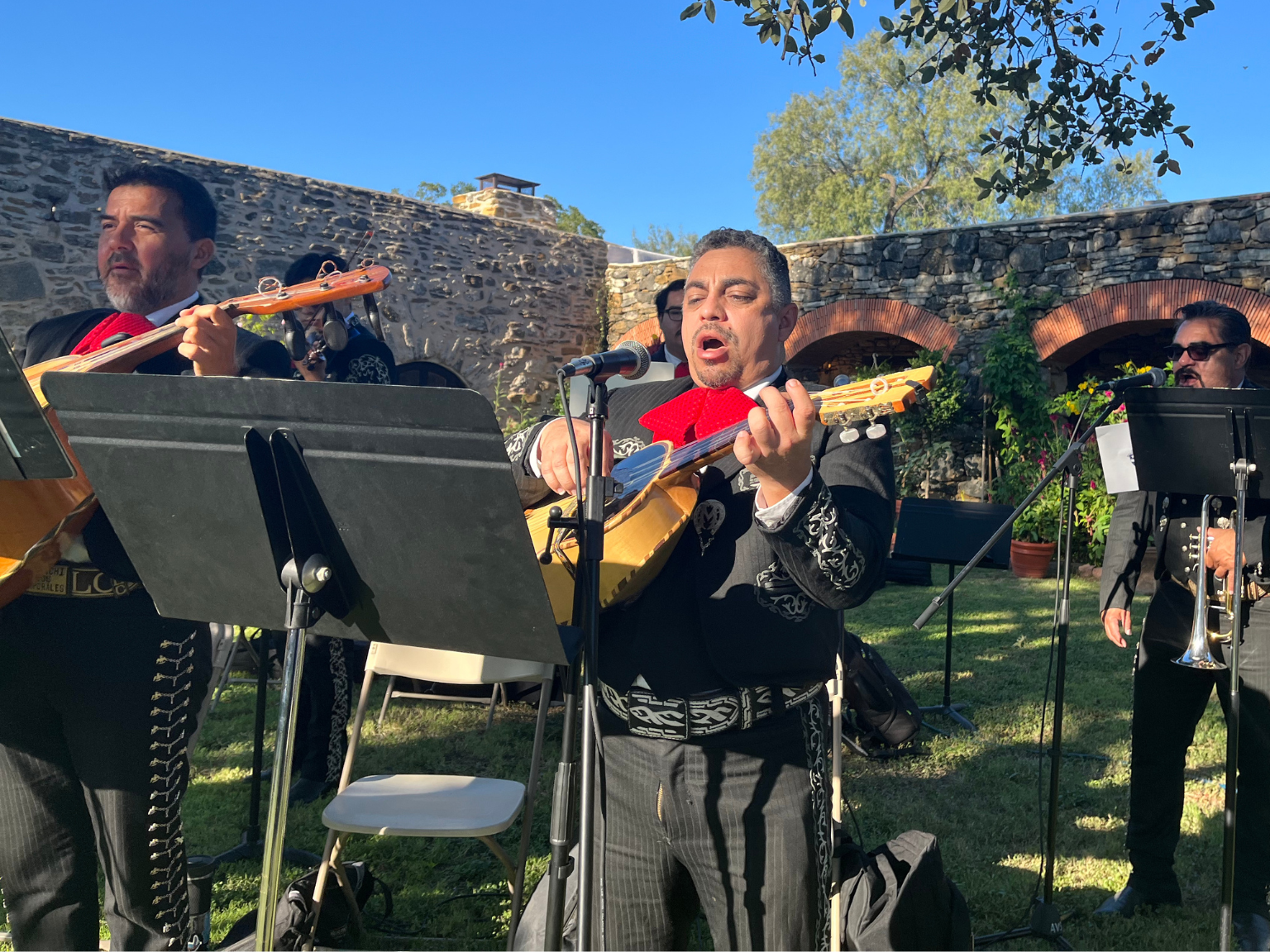
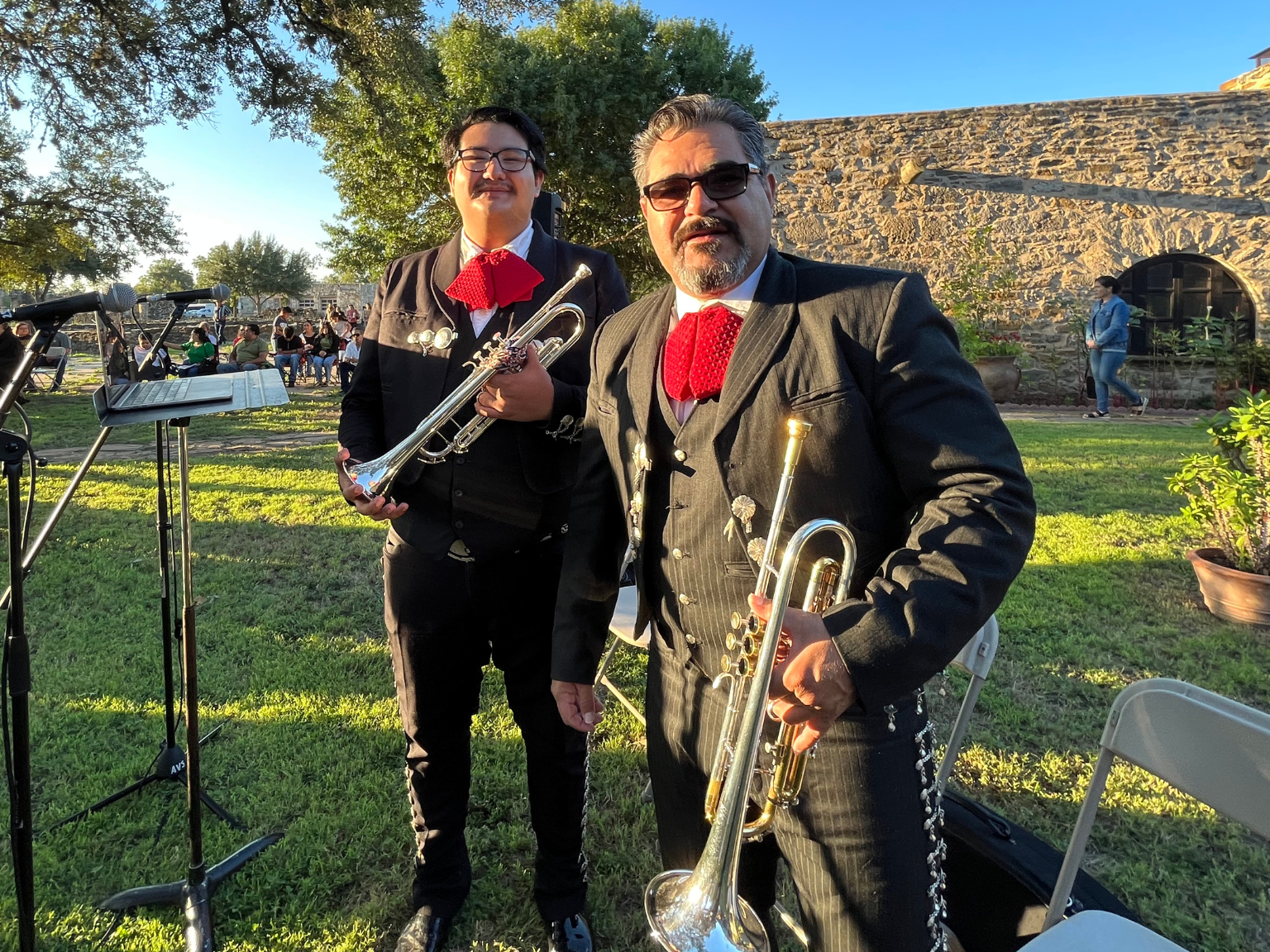
Mission Concepción, the oldest unrestored stone church in the United States, is particularly renowned for its acoustics. The church’s design allows music to resonate in a way that is both physically stirring and spiritually transcendent. One can imagine the Alabado, a hymn of praise composed by Fray Antonio Margil de Jesús, reverberating within its stone walls. This song, sung throughout his missionary efforts, exemplifies how music supported and sustained the spiritual life of the Missions.
Ultimately, the musical traditions of the San Antonio Missions reflect a deeply human effort to bring the divine closer to the hearts of all people. Through hymns, processions, and sacred drama, the Franciscans cultivated not only Christian doctrine but a culture of faith that continues to echo today. These sacred sounds—born in simplicity, shaped by devotion, and preserved in memory—remain among the most profound gifts of the mission era.


